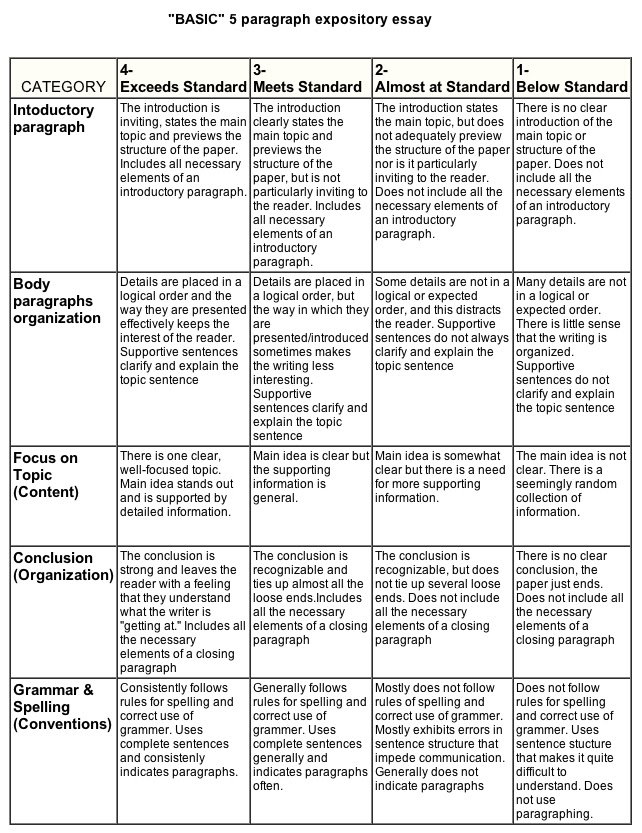AVI20 Course Outline
Visual Arts, Grade 10, Open (AVI2O) This course emphasizes learning through practice; building on what students know and introducing them to new ideas, materials, and processes for artistic thinking and experimentation. Student learning will include the refined application of the elements and principles of design, while incorporating the creative and design processes. Students will also learn about the connections between works of art and their historical contexts. Course objectives will be achieved through a comprehensive program.
Grade Distribution:As per ministry requirements the final grade for this course will be broken down as follows:
Summative activities conducted throughout the course 70%
Final culminating activity 30%
These two areas will be broken down as follows:
Knowledge/Understanding 20%
Thinking/Inquiry 20%
Communication 20%
Application 40%
Students will also be assessed as per ministry requirements on learning skills, which include independent work, teamwork, organization, work habits/homework and initiative. These skills will be assessed separately based on the expectations outlined on the performance wall rubric.
The course will use technology in two primary ways. It will be used as a tool for teaching art history. The students will also be able to optionally use technology as an artistic tool of self-expression.
Assessment and EvaluationAll work submitted in this course will be assessed and evaluated using the standards set by the Ontario Ministry of Education.
Provincial Standards of Achievement Chart:- Summative assessments form the basis of your mid-term mark and 70% of your
final mark.
- Only those summative tasks which have been successfully completed will be included in the calculation
- Summative tasks submitted after their assigned deadline WILL NOT be included in the calculation
UNLESS PRIOR CONSULTATION WITH THE TEACHER HAS OCCURRED WITH APPROVAL
- The number of summative assessments included in the calculation will determine the maximum level of achievement
Formative Assessment: Within each unit students will be assigned a number of tasks where they will receive direct feedback on their progress and learning. These tasks and the resulting feedback are designed to improve student learning and to provide a foundation for the successful completion of the summative tasks assigned in each unit.
Summative Assessment: Within each unit there will be at least one summative assessment task that incorporates the knowledge and skills learned throughout the unit. These summative assessments form the basis of your mid-term mark and 70% of the final mark. Summative tasks are evaluated using one or more of the achievement chart categories.
UNITS OF STUDY
Unit 1: Drawing- Elements and Principles of Art Review
- Reinforcement of drawing techniques: e.g. value, perspective, line, balance
Assignments Include:
Major Grid Drawing
Blues and The Visual Arts
Hand Drawing
Unit 2: PaintingAssignments Include:
Study of Watercolour on Paper (incorporating silhouette)
Study of Acrylic (including vinyl painting, pointillism painting)
Study of Tempera (including colour wheel, and colour wheel application)
Unit 3: PrintmakingIntroduction to linocut printmaking
- Design Process
- Analysis of historic printmakers
Assignment:
Linocut Print
Unit 4 Sculpture- Design Process
Assignment:
Foam Block Sculpture (with tempera paint cover)
Unit 5: ISU (final summative 30 % of total mark)
For the ISU project you will be assigned a movement, or period, of art history. The ISU will consist of a two part project. The first part is a five paragraph essay and the second part is creating a piece of artwork.
Part One - The Essay
In a well-constructed essay that follows the attached rubric, please explain what you have learned about the movement that you were assigned. This will involve researching the movement, and explaining many factors such as:
the events or artistic styles that helped bring this movement into being
the major artists involved
the style of the movement
what types of materials were involved (ie. oil painting, fresco, bronze, etc.)
and any information you found that you think is worth mentioning in your essay.
As a target audience for your essay, I want you to explain what you have learned as though the person you are addressing is completely new to the art world and your essay will be a concise reference (like a wikipedia entry). Speaking of wikipedia, it will not suffice to simply cut and paste from internet sources without giving proper citations. Failure to properly cite constitutes plagiarism, so please avoid this sort of academic dishonesty. Research your movement and understand it - then convey your understanding in your essay.
Part Two - As the overall goal of this project is to build a timeline on the wall of art history, you will be given a 12" x 12" piece of masonite board that you will use to create an example of art that might have come from the movement you studied. This project will be marked according to the performance wall system of evaluation. Be sure not to rush this project, but rather attempt to achieve a high degree of accuracy and relevance to the period that you have been assigned. You project will hang on the wall in the art room as a reference to future students!
You will be given time in the computer lab to work on your research and essay.
Essay Rubric:

Course Level/Grade Achievement
Level 4
80-100%
Very high to outstanding level of achievement. Above provincial standards.
Level 3
70-79%
High level of achievement. At the provincial level.
Level 2
60-69%
Moderate level of achievement. Below, but approaching, the provincial standard
Level 1
50-59%
Passable level of achievement. Below the provincial standard
Below
50%
Insufficient achievement of curriculum expectations. Credit will not be granted.
No comments:
Post a Comment